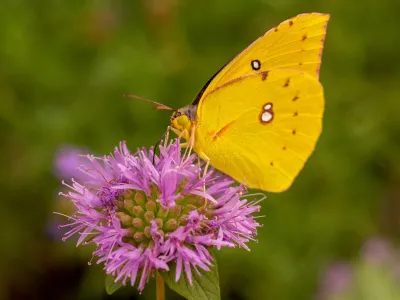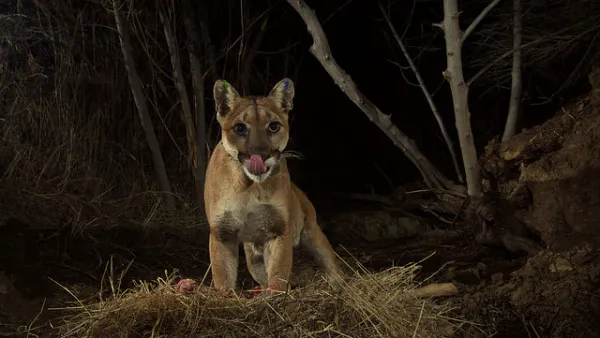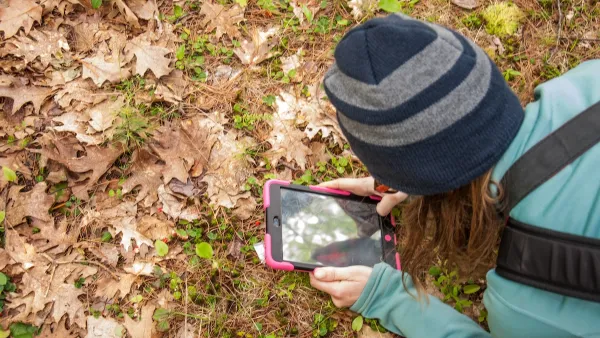A study reveals that L.A. is a surprising hotspot for insect and spider biodiversity, with diversity driven more by proximity to mountains and stable temperatures than by land value.

A recent study highlights that urban Los Angeles is a surprising haven for insect and spider biodiversity. Analyzing data from the Los Angeles Natural History Museum’s BioSCAN project, researchers found that the most significant predictors of arthropod diversity in the city are proximity to the mountains and consistent temperature throughout the year. This study challenges the "luxury hypothesis," which posits that wealthier neighborhoods, with more greenery, should naturally support greater biodiversity. Contrary to this assumption, the research revealed that land value had minimal impact on the diversity of spiders and insects.
The BioSCAN project, which collected data from traps set up by volunteers between 2014 and 2018, identified over 400 distinct bug species across Greater Los Angeles. The findings show that despite urban development and habitat loss, some species thrive in city environments. Urban areas often attract invasive species, such as the brown widow spider, which has been replacing native spiders. Such shifts in species populations underline the importance of maintaining insect diversity for urban ecosystem health.
Understanding urban biodiversity is crucial as cities are projected to expand significantly in the coming decades. Although the study sheds light on factors affecting arthropod diversity, more research is needed to fully grasp how this diversity impacts urban ecosystems. Future studies will examine seasonal changes in bug populations and incorporate bioacoustic data to assess the role of bats in these ecosystems. Insights gained could help guide policy and planning to better support insect biodiversity amidst growing cities.

Analysis: Cybertruck Fatality Rate Far Exceeds That of Ford Pinto
The Tesla Cybertruck was recalled seven times last year.

National Parks Layoffs Will Cause Communities to Lose Billions
Thousands of essential park workers were laid off this week, just before the busy spring break season.

Retro-silient?: America’s First “Eco-burb,” The Woodlands Turns 50
A master-planned community north of Houston offers lessons on green infrastructure and resilient design, but falls short of its founder’s lofty affordability and walkability goals.

Test News Post 1
This is a summary

Analysis: Cybertruck Fatality Rate Far Exceeds That of Ford Pinto
The Tesla Cybertruck was recalled seven times last year.

Test News Headline 46
Test for the image on the front page.
Urban Design for Planners 1: Software Tools
This six-course series explores essential urban design concepts using open source software and equips planners with the tools they need to participate fully in the urban design process.
Planning for Universal Design
Learn the tools for implementing Universal Design in planning regulations.
EMC Planning Group, Inc.
Planetizen
Planetizen
Mpact (formerly Rail~Volution)
Great Falls Development Authority, Inc.
HUDs Office of Policy Development and Research
NYU Wagner Graduate School of Public Service




























